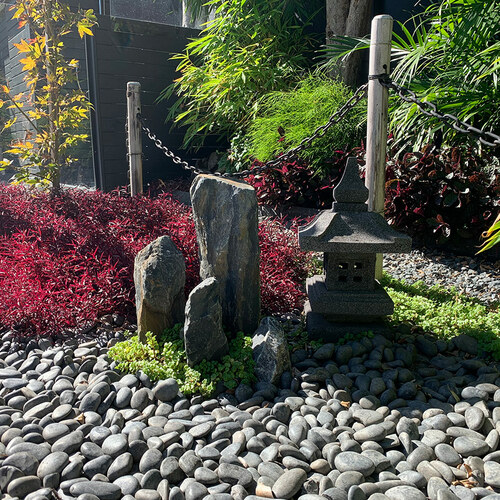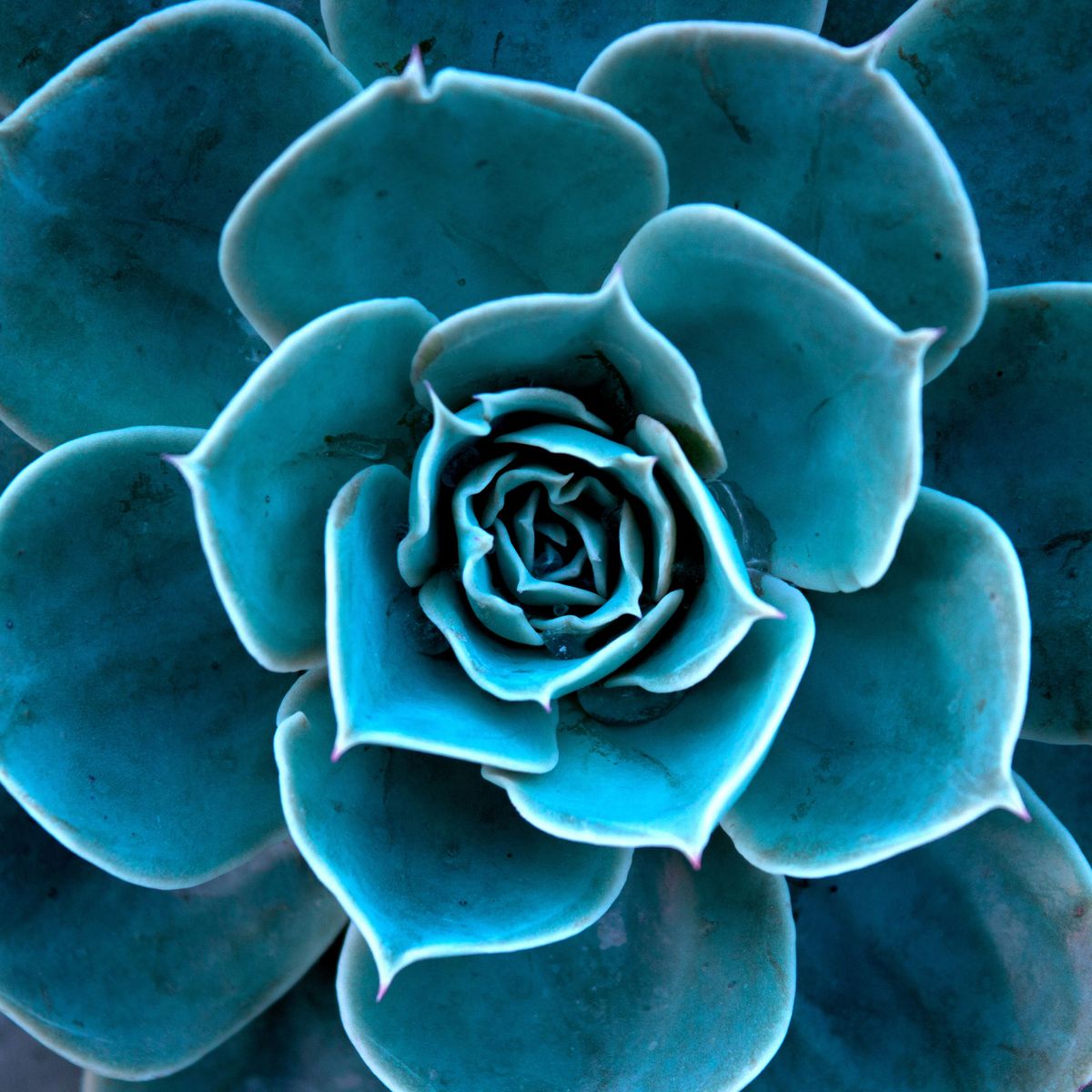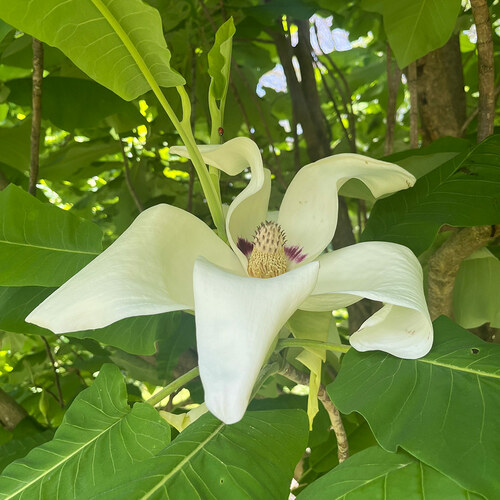Garlic chives, also known as Chinese chives, is a versatile garden plant grown as a culinary herb and an ornamental flowering perennial. At first glance, you could easily mistake garlic chives for common chives, but on closer inspection, you will see their leaves are very different and they taste like garlic.
This amazing herb is a staple in Chinese and Japanese cuisine where it is treated as a vegetable and lightly steamed or cooked in broths, soups, egg, and seafood dishes and stir fry recipes, adding a delicious mild garlicky flavor. My absolute favorite way to use garlic chives is to gently saute the flowering scapes in salty butter and drizzled over baked cod. It tastes sublime!
In the west, garlic chives are grown more for their attractive flower display in garden borders than for cooking. This is perfectly understandable as the flowers are stunning and a magnet for pollinating and other beneficial insects. It can be grown in containers, flower borders, vegetable gardens alongside other herbs, and even as a dense ground cover. Garlic chives are prized for their compact green mounded foliage and tall flowering stems topped with delicate white flowers in late summer and autumn.
Garlic chives are one of those awesome herbs that fit perfectly in both edible and ornamental landscapes. Plus, one small plant will provide free garlic chives forever!
Good Products For Growing Garlic Chives:
Quick Care Guide

| Common Name(s) | Garlic chives, Chinese chives, oriental chives, gow choy, nira |
| Scientific Name | Allium tuberosum |
| Days to Harvest | 30 days from transplants, 60 days from seed |
| Light | Full sun to partial shade |
| Water | Regular watering |
| Soil | Sandy loam |
| Fertilizer | Balanced and nitrogen-rich |
| Pests | Onion fly maggot, thrips, allium leaf miner |
| Diseases | Onion white rot, downy mildew |
All About Garlic Chives

Botanically known as Allium tuberosum, garlic chives come from the Allium family along with leeks, garlic, and onion. Common names include garlic chives, Chinese chives, oriental chives, Chinese leek as well as Gow Choy and Nira. Its origins lie in northern China and the first recorded use was around 4,000 years ago.
Garlic chives are a hardy, clump-forming herbaceous perennial which could easily be mistaken for grass. The leaves are green/grey, strap-like, and arched downwards at the tip. Unlike the hollow leaf of typical chives, garlic chive leaves are flat with a triangular cross-section and grow to 12-15 inches (30-38 cms) in length. They are not as tender as onion chives leaves and require cooking before consumption.
Umbels of pretty white flowers are produced from late summer at the end of long smooth flowering scapes (stems) rising above the foliage to around 18 inches (45cm). Umbels are 2-3 inches (5-8 cms) across and made up of 25 to 55 small individual, 6 petalled, star-shaped flowers. As autumn closes, the flowers gently fade to papery light brown fruiting pods containing angular black seeds. Garlic chives are prolific self-seeders, but not invasive. Flowers may be removed before fruiting pods ripen to avoid unwanted seedlings popping up all over the garden.
The roots of garlic chives are elongated bulbs attached to underground rhizomes. Each bulb produces 4-9 leaves and a single flowering stem. The rhizomes spread reaching 20 inches (50cms) across in 3yrs. This is an ideal time to divide the plant to prevent bulbs from becoming congested and unproductive.
As an herbaceous perennial, garlic chives die back in winter and new shoots appear early spring. In hotter climates, garlic chives can be evergreen. All parts of the plant are edible, but it is mainly grown for its greens, flowering scapes, buds, and flowers.
Planting

Garlic chives are available to purchase online or in garden centers from early spring and can be planted into their new growing location after the last frost. Divide mature plants in late autumn when the plant enters dormancy, or in spring when the first shoots appear. Newly divided chives can be replanted immediately or potted up.
Sow seeds indoors in module trays in autumn or 6-8 weeks before the last frost date. Once all risk of frost has passed seedlings can be planted outside and spaced 12 inches (30 cms) between plants and rows. Sow seeds directly into drills from mid to late spring and thin seedlings to the same spacing as above.
Garlic chives can be grown in full sun to partial shade in fertile, well-drained, moisture-retentive soil. Container-grown plants require a good quality multi-purpose compost with plenty of added organic matter to help retain moisture. Garlic chives will grow happily indoors with adequate water and partial shade in summer.
Garlic Chive Care

This cool-season herb is low maintenance and easy to grow. Below are some helpful tips on how to grow garlic chives at home.
Sun and Temperature
Grow garlic chives in full sun to partial shade with around 4-6 hours of sunlight a day for optimal growth. As a cool-season plant, garlic chives require the cooler temperatures of spring and late summer to develop leaves and flowers. High temperatures can cause garlic chives to become temporarily dormant. The ideal growing temperature range is 40-85ºF (4-29ºC) in USDA zones 3-9.
Bulbs and rhizomes should weather freezing temperatures pretty well, but if in doubt add mulch for winter protection.
Water and Humidity
Garlic chives will tolerate periods of drought but grow best in consistently moist soils. The bulbs are located close to the surface and can dry out quickly, so water when the ground feels dry and apply mulches to retain moisture. Water in the morning using soaker hoses, watering cans, or sprinklers, ensuring the chives are given a good long drink.
Winter watering isn’t necessary in colder climates. However, in warmer climates where garlic chives are evergreen, it will need to be watered occasionally.
Soil
The perfect conditions for growing garlic chives are fertile, moisture-retentive, well-drained sandy loam soil with lots of organic matter dug in or added as a mulch. The preferred pH range is 6-7 and the soil temperature required for germination is 60-70ºF (15-21ºC).
Fertilizing
Prepare beds before planting with a slow-release 16-16-8 NPK fertilizer. Directly sown and established plants can be top-dressed with a nitrogen-rich fertilizer in late spring/early summer and watered in well. Provide a good mulch over winter to retain moisture and provide nutrients for the start of the following season.
Pruning
Treat garlic chives as a cut and come again herb; the more you cut, the more it grows back. Trim leaves back to a couple of inches above the ground to keep the plant tidy and to stimulate fresh growth.
If you don’t want garlic chive seedlings popping up around the garden, prune the flowering stems to ground level when the seed heads begin to ripen. Clear away any dead foliage as the plant dies back in winter.
Propagation
There are two simple ways to propagate garlic chives; sowing seed and division.
Start garlic chives indoors in autumn or early spring around 6-8 weeks before the last frost date. Sow 4-5 seeds per module half an inch deep in general potting compost. Seeds can also be broadcast into a seed tray. Garlic chives seeds don’t require light to germinate, but they do need heat between 60-70ºF (15-21ºC). Place your seed trays somewhere warm to stimulate germination; this can take 1-3 weeks. Once germinated, move seedlings to a bright location. When they are a few inches tall and all risk of frost has passed, plant them outside in small bunches, spaced 12 inches (30 cms) apart.
After three years garlic chive bulbs may become congested and lose their vigor so division is the best action to take to produce healthy crops. There are two ways to do this. Offsets growing from the main clump of bulbs can be gently teased out and potted on. Or, carefully dig around the entire plant and pull apart bunches of 4-5 bulbs to form new plants.
Harvesting and Storing

Now for the best bit, harvesting and storing this culinary prize! Garlic chives are popular as produce throughout Asia and often used in recipes. Their flavor enhances stir fry dishes, other vegetables and more.
Harvesting
Garlic chives are ready to harvest around 8 weeks after sowing and 4 weeks after planting out or when new growth is produced in spring from older plants. Fresh, young leaves have the best flavor; older greens tend to be tough. When harvesting cut leaves back to 1-2 inches from the base.
Garlic scapes are the delicious flowering stems and are at their best before the umbel bud opens. Individual flower buds and whole flowers are also edible and can be harvested as and when needed. To harvest flowers and scapes cut the stems back to ground level.
Storing
Leaves will store in the fridge for a week wrapped in moist kitchen paper or longer if chopped and stored in ice cube trays in the freezer. Garlic chives lose their flavor with drying and are best used fresh.
Troubleshooting

Garlic chives are mostly trouble-free, but just in case, here are a few things you might want to look out for.
Growing Problems
Like most plants, garlic chives do not like to compete with weeds for water and nutrients so keep the growing area weed-free.
Garlic chives also become less productive as they mature, so make sure you divide those clumps to rejuvenate the plants.
Pests
Onion flies are not put off by the strong scent of garlic chives. They lay eggs at the base of plants and the hatching maggots feast on the bulbs. Cover crops with insect mesh to protect from adult flies and apply predatory soil nematodes to deal with the maggots.
Thrips are another insect undeterred by the garlic scent. These sap-sucking insects make plants unsightly and inedible. Spray with neem oil or insecticidal soap to keep numbers down.
Allium leaf miner larvae bore through the leaf membrane leaving visible translucent trials and destroy roots and bulbs of leeks, garlic, and chives, often resulting in the death of the whole plant. The best line of defense is to cover crops with insect-proof mesh and apply good crop rotation to avoid reinfestation from overwintering pupae.
Diseases
Onion white rot, botanically known as Stromatinia cepivora, is a fungal disease stimulated by compounds emitted by onions and transmitted in contaminated soil. It is identified by yellow, wilting leaves and rotting roots and bulbs covered in white fluffy fungus and a black seed-like growth. Once you have it, it’s almost impossible to eradicate and in this case, prevention is better than cure. Do not grow any related crops in previously contaminated sites and apply good crop rotation.
Downy mildew is a fungal disease that mainly affects foliage causing it to yellow and wilt. Spray with copper-based fungicides or neem oil on first sight of infection.
Frequently Asked Questions
Q: Are chives and garlic chives the same thing?
A: Chives and garlic chives look similar but are different species. Onion chives are called Allium schoenoprasum and taste of onion while garlic chives are called Allium tuberosum and have a garlic-like flavor.
Q: Are garlic chives perennial?
A: Garlic chives are perennial and grow back every year.
The Green Thumbs Behind This Article:










